In addition to the law (U.S. Code), Section 110(1) intended to set out the conditions under which performances or displays are to be exempted from copyright control in the classroom, and Section 107, on Fair Use, the TEACH ACT (2002) also addresses and allows for the use of copyrighted materials through digital networks in distance learning. This Act tells us to limit access to students in the class for the term of the class, and to inform students that further distribution is prohibited.
Even in a learning management system like Blackboard that allows for access to course materials for registered students only, faculty and staff must make every effort to comply with copyright restrictions.
Start with a Fair Use assessment of the material you wish to distribute using this checklist from Columbia University Libraries. Faculty are responsible for making the determination if the use of copyrighted material will be protected under Fair Use. If you are unsure in your conclusions document your efforts and consult with the University Libraries for advice and assistance. You may need to ask for the author's permission before adding to your course materials.
ITLAL has worked with the University Libraries to develop some best practices for online teaching:
